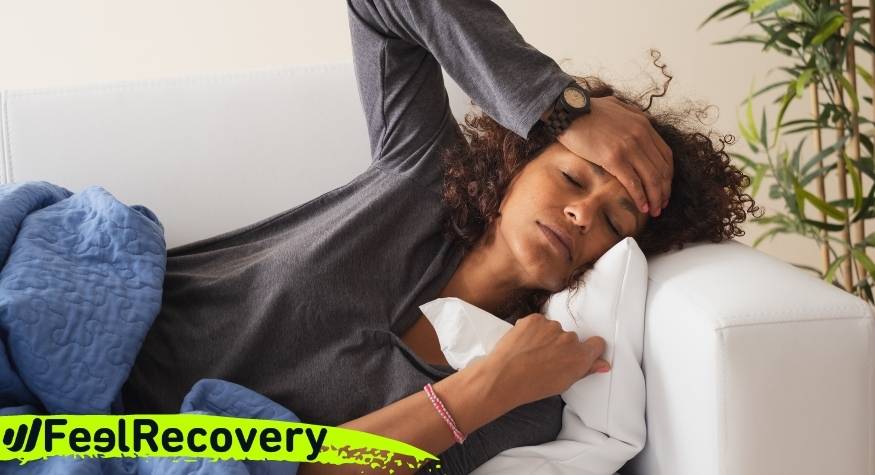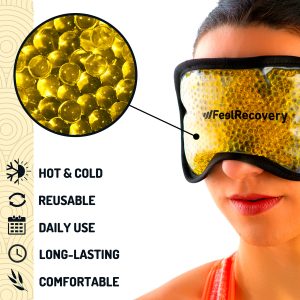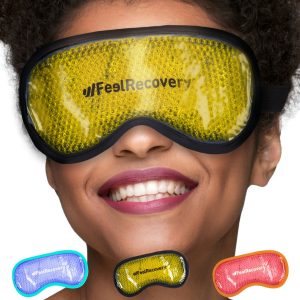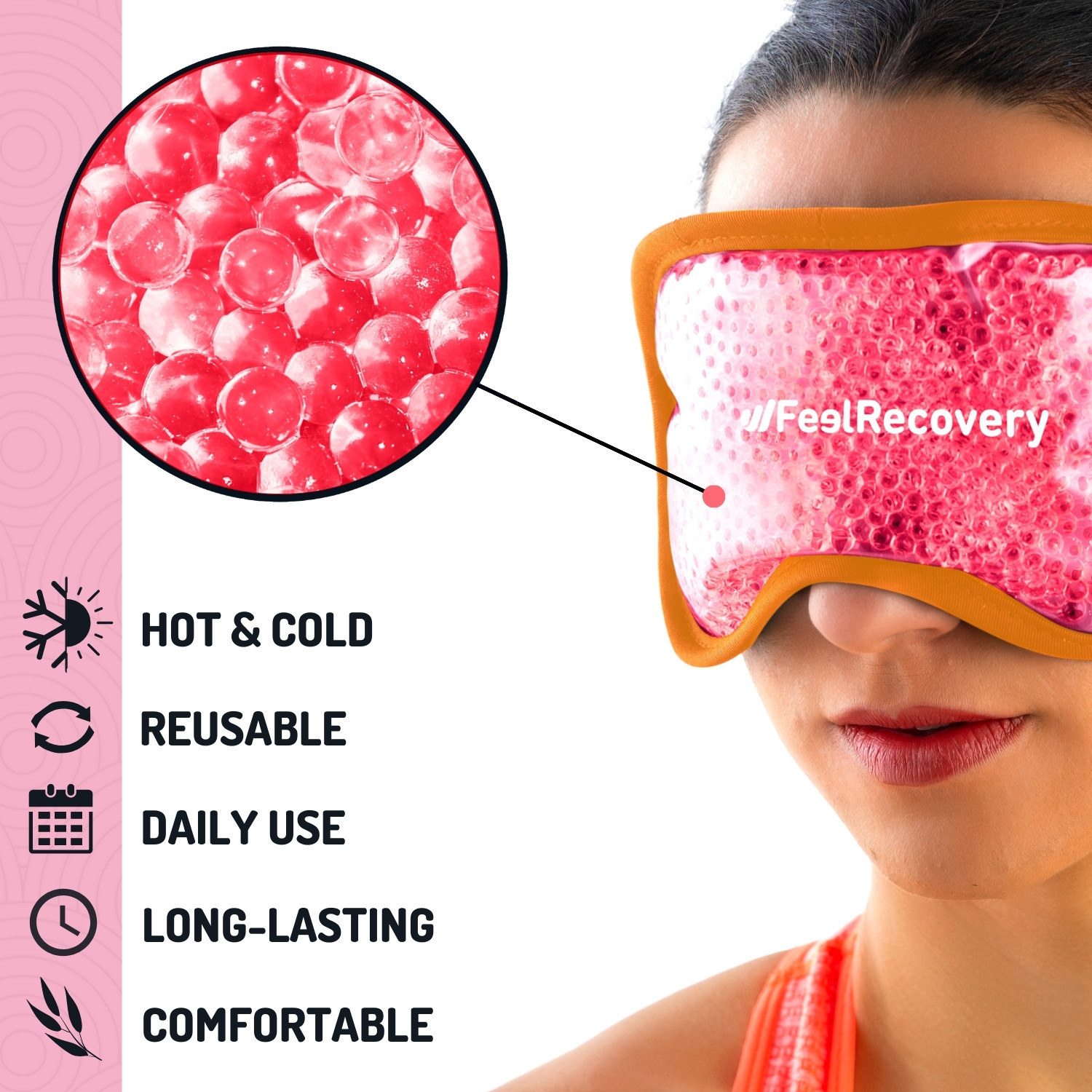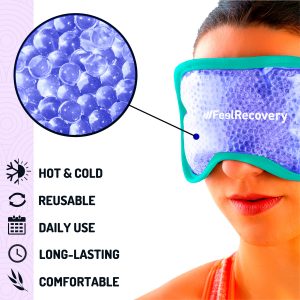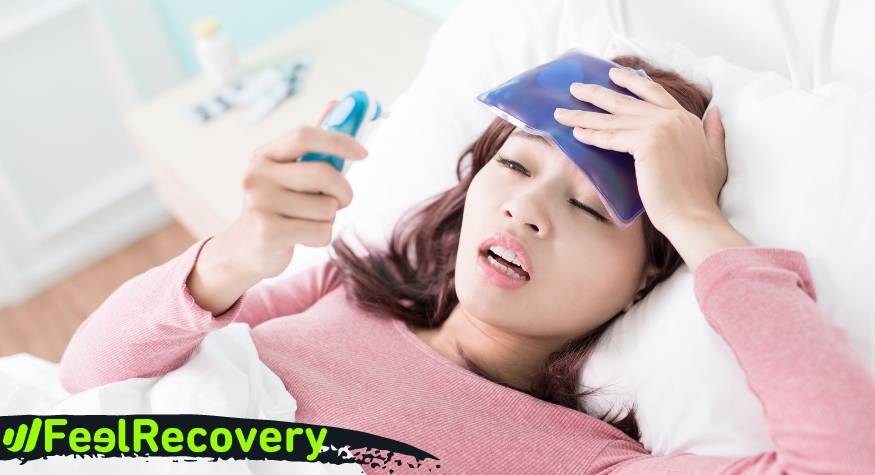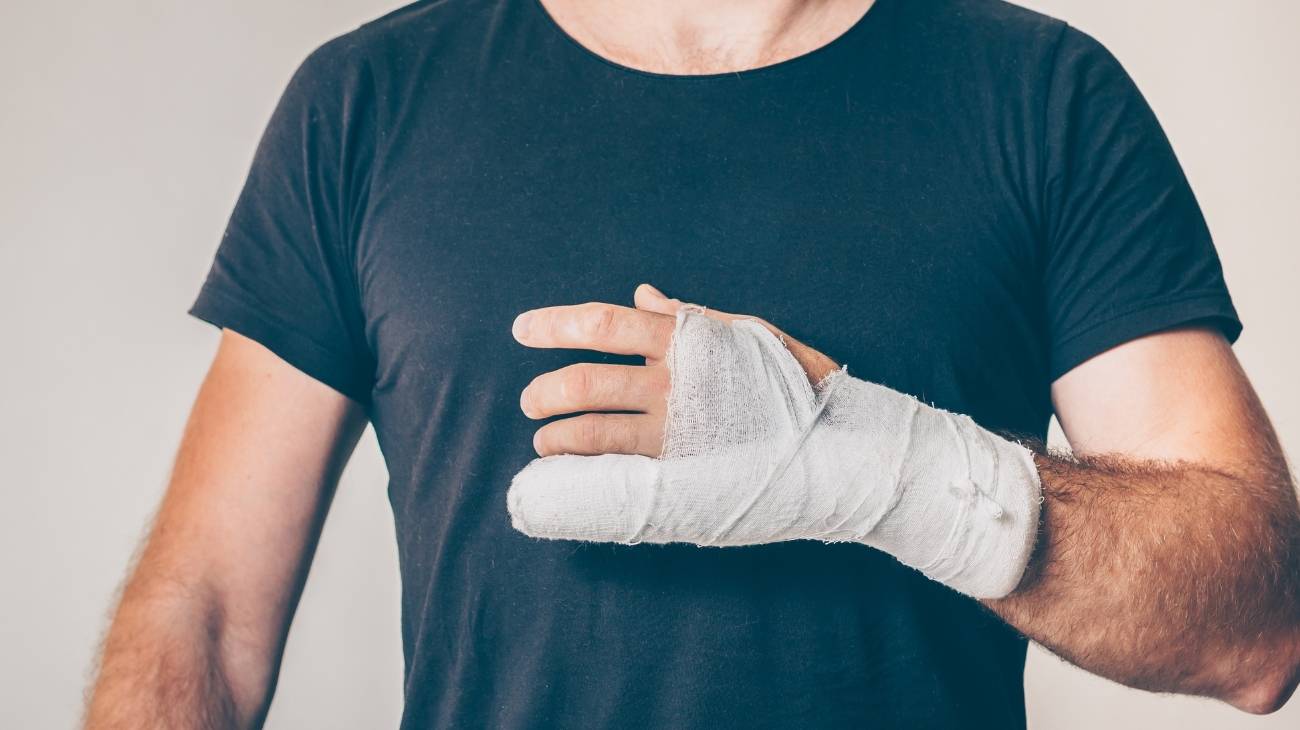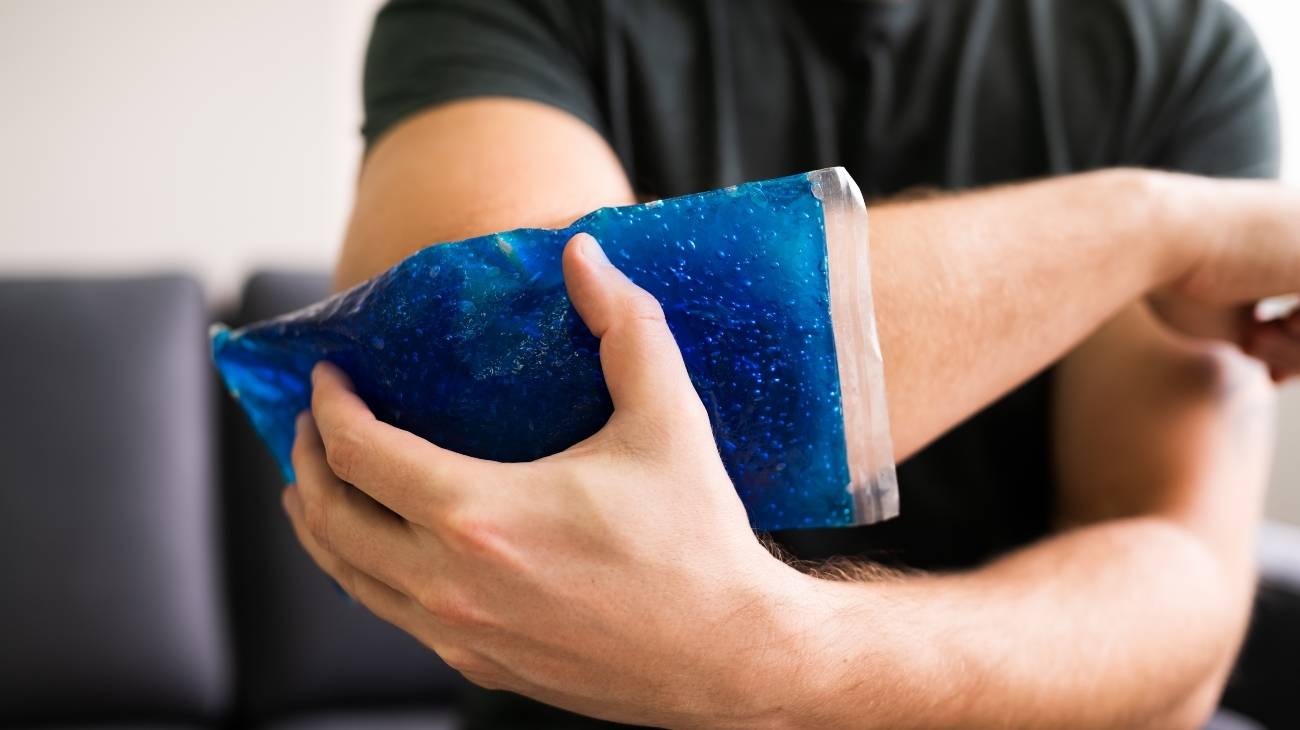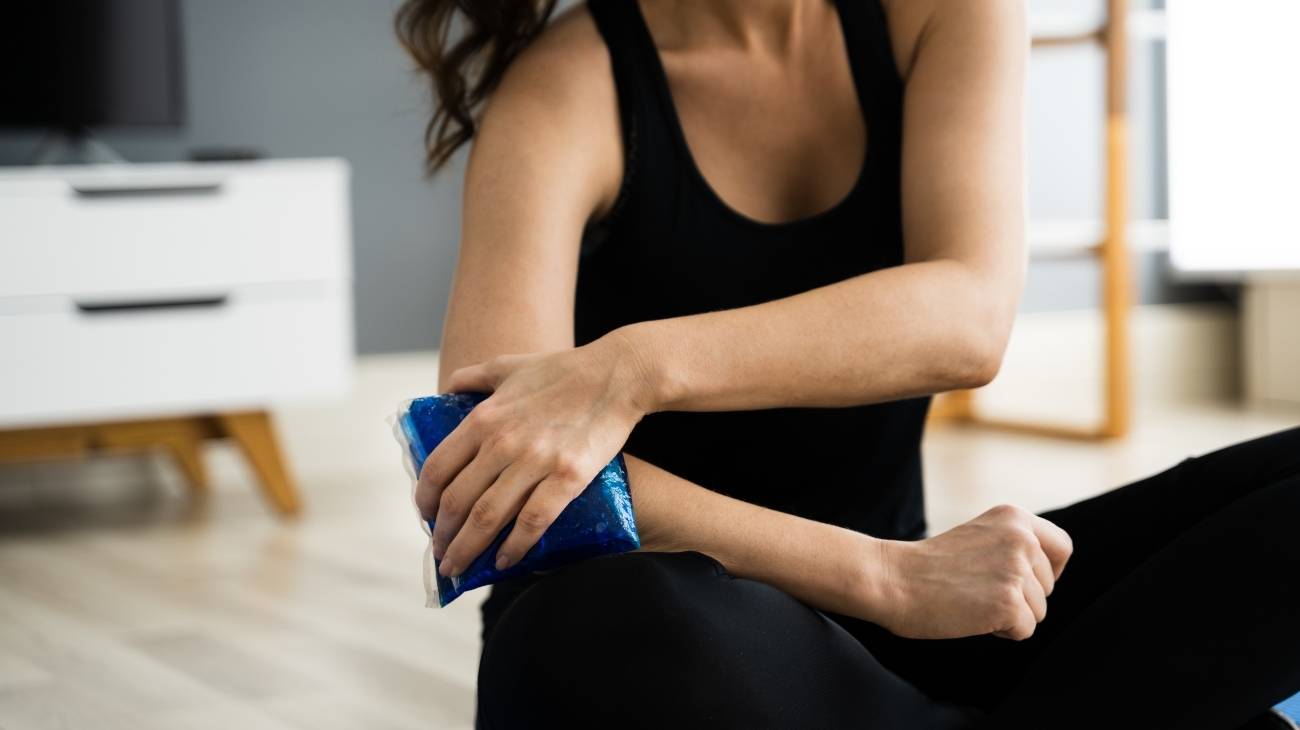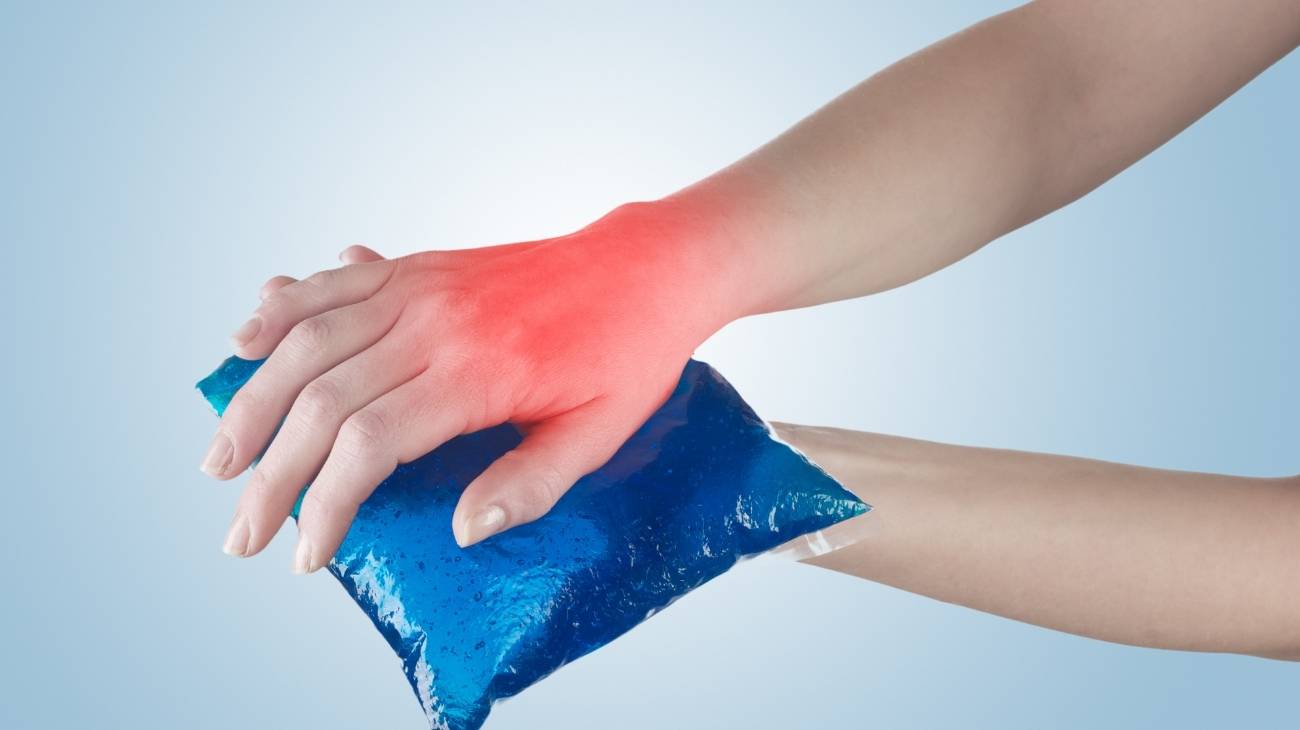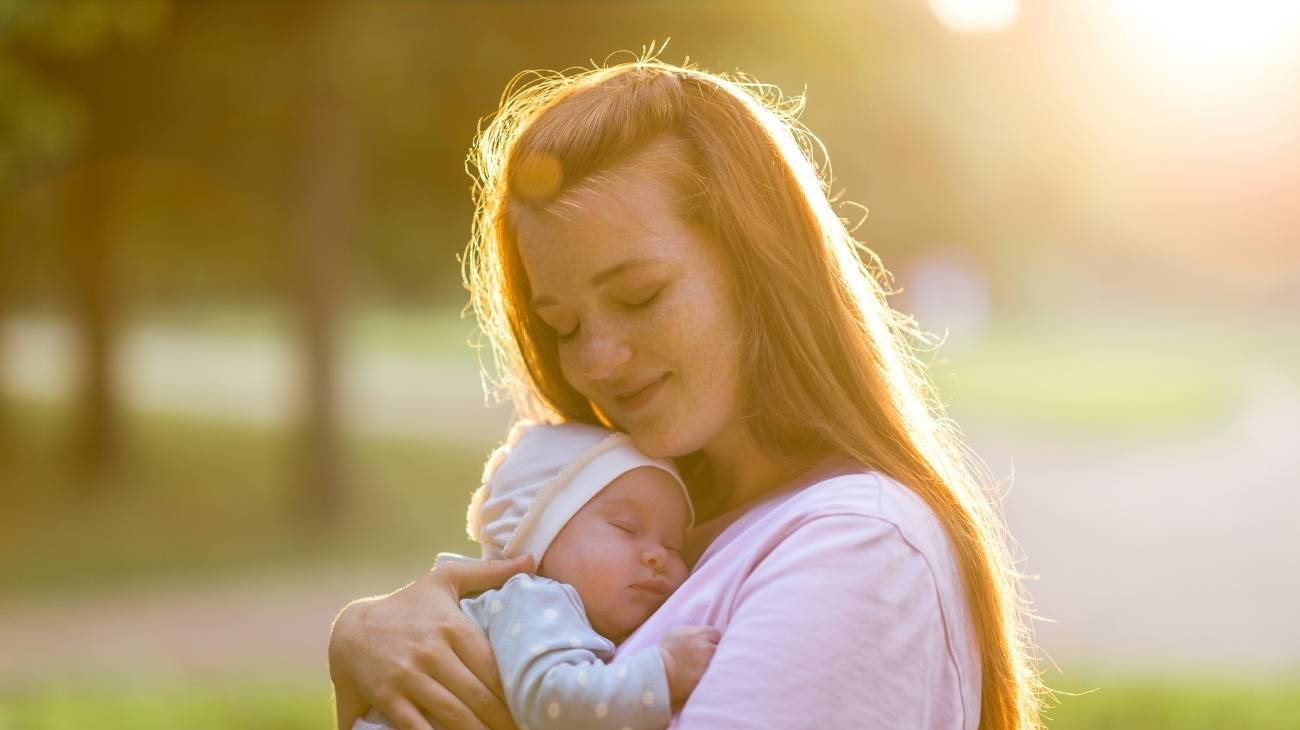Fever is a rise in body temperature to a higher than normal level. It is not an illness as such, but a sign caused by an infection or other pre-existing condition.
That is why it is important to be very clear about the symptoms associated with fever, as well as possible measures that can be taken to treat it. Today we'll talk to you about hot and cold gel packs to reduce fever in adults and children. Let's go!
What are the most common symptoms of fever?
The main symptom of a fever is a higher than usual rise in body temperature. Normally the body stays at about 98.6°F (37°C). Thus, the following thermometer readings are usually indicative of a fever:
- 100.4 °F (38 °C) or more in the rectum, ear, or temporal artery
- 100 °F (37.8 °C) or more in the mouth.
- 99 °F (37.2 °C) or more at the armpit.
This heating is managed by an area of the brain called the hypothalamus. This is the body's biological thermostat, that is, it regulates the body's temperature through various mechanisms that allow the production and loss of heat. It does this by comparing the temperature throughout the body with the reference value of 98.6°F (37°C). During a fever, the hypothalamus sets a higher reference temperature, so the body begins to warm up.
Fever usually occurs in response to infection (by viruses, bacteria or other microorganisms) or disease (inflammatory conditions such as rheumatoid arthritis, among others). It can also be caused by the presence of a tumour or by the administration of certain drugs (antibiotics, anticonvulsants and others) or vaccines (such as those given for diphtheria and tetanus). However, sometimes it is not possible to detect the reason why it occurs.
In addition to rising body temperature, other symptoms of fever are:
- Chills: When the feverish process starts and the hypothalamic adjustment occurs, the body is still at normal temperature. This produces a sensation of cold accompanied by tremors (shivering). In turn, these tremors and the coat that the patient can provide for himself raise the temperature.
- Sweating: This occurs when the hypothalamic thermostat drops the thermal reference value. At this point the patient feels hot and sweats so that the body cools down.
- Dehydration: Some indicators that the patient is dehydrated are: infrequent, dark-coloured urine, crying without tears and dry mouth.
- Irritated eyes: This refers to the burning sensation in the eyes that is typical of fever.
- Irritability: Patients with a fever tend to become more irritated or angry than normal.
- Pain: Especially in the head, although muscle pain may also occur.
- General malaise: Loss of appetite and general weakness.
Some babies and children with fever may also be more irritable than normal, with redness of the skin, difficulty swallowing, paleness, and refusal of food, drink, or breast milk.
In severe cases, fever can occur:
- Colossal sleepiness: You will have abnormal sleepiness while you have a fever.
- Febrile seizures: Caused by a sudden rise in body temperature, especially in children between 6 months and 6 years of age. These are non-epileptic seizures that cause loss of consciousness and tremors in the infant's limbs. However, they usually do not cause lasting effects.
- Confusion or delirium: Affects reasoning, thinking, and memory, with sudden changes in consciousness during fever.
- Severe pain in the head or other parts of the body: This pain can be throbbing, pounding, or pulsating, causing other symptoms such as sensitivity to light, noise, changes in vision, or nausea.
- Irregular vaginal discharge and painful urination: Vaginal discharge may change in colour, odour and consistency, increasing or decreasing in amount.
- Skin rash: The skin may become red or scaly, and blisters or scabs may appear. Especially after an episode of high fever.
- Vomiting and diarrhea: Symptoms that together or separately could cause dehydration and need to be watched very closely.
Bestseller
What are the advantages of applying cold to reduce fever in adults and children?
If you are wondering what the advantages are of applying cold to reduce fever, you should know that cryotherapy is contraindicated in patients with a feverish condition. It is not recommended in case of fever:
- Apply ice or cold packs.
- Administer or take cold baths.
Why? It happens that cryotherapy applied to a patient with a fever can cause chills. The latter cause an increase in temperature, rather than a decrease in temperature. Therefore, applying cold is not an option for reducing fever.
Now, is there a way to use hot and cold gel packs in the treatment of fever? Yes, and in the next segment we will give you all the details.
How to use cold gel packs to lower the temperature due to fever?
Hot and cold gel packs are compresses that can reach a very wide range of temperatures, cold, cool and hot. In case of fever, medical specialists recommend to use them in cool temperature (neither very cold nor hot) to decrease the high body temperature corresponding to a feverish picture. In our product catalogue we offer you the cold gel mask, ideal for treating the forehead area while cooling other areas of the body.
Now, you only have to follow these steps to lower the patient's body temperature using gel compresses for cold and heat:
- Immerse the gel pack in fresh water for a few minutes (neither cold nor hot) to cool it down.
- Remove the pack from the water and check the temperature. Immerse it again if you feel it is necessary.
- Place the compress (without drying it) on the areas where the body loses heat (head, armpits, groin and feet). Note that some of our gel packs have a compression strap for a comfortable fit.
- Remove the gel pcks or fresh water compress when it loses its coolness, becoming warmer than cool.
- Repeat the procedure several times until you are sure that the temperature has dropped. In this case, there is no specific time protocol, as you must do this until the fever subsides.
However, you should also combine the use of fresh gel pads with other fever-reducing measures. Some of them are:
- Drink plenty of fluids to prevent dehydration.
- Use fresh, lightweight clothing.
- The use of blankets is only indicated in cases of chills, otherwise it is recommended to expose the body to fresh air.
- Take paracetamol or ibuprofen according to the instructions given by the treating physician. Be very careful to respect the indications, especially if it is a child.
- See your doctor as soon as possible to determine the cause of the fever, as fever will always be a symptom or warning of another pre-existing pathology.

